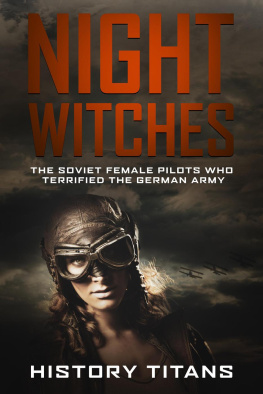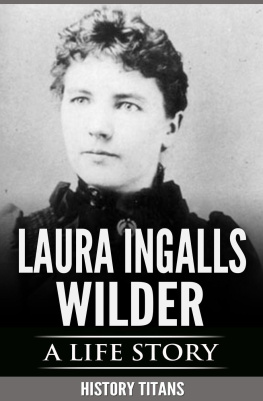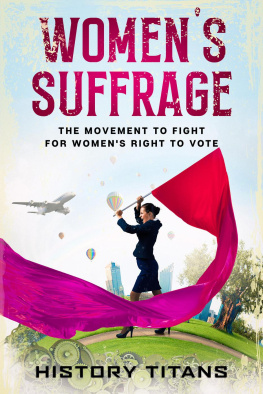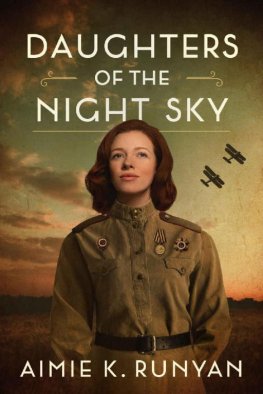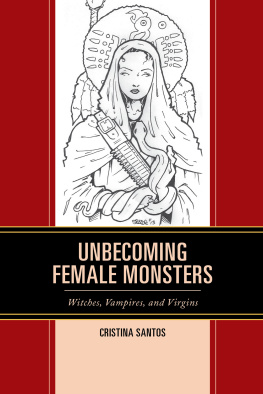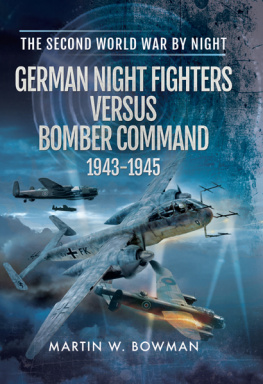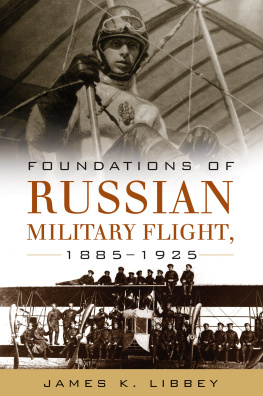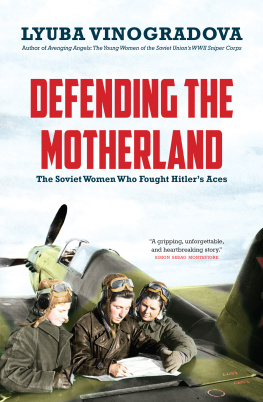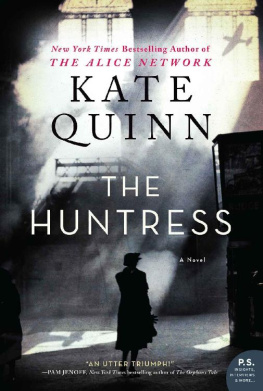NIGHT WITCHES
The Soviet Female Pilots Who Terrified the German Army
Copyright 2019 -History Titans All rights reserved.
The content contained within this book may not be reproduced, duplicated, or transmitted without direct written permission from the author or the publisher.
Under no circumstances will any blame or legal responsibility be held against the publisher, or author, for any damages, reparation, or monetary loss due to the information contained within this book, either directly or indirectly.
Legal Notice:
This book is copyright protected. It is only for personal use. You cannot amend, distribute, sell, use, quote or paraphrase any part, or the content within this book, without the consent of the author or publisher.
Disclaimer Notice:
Please note the information contained within this document is for educational and entertainment purposes only. All effort has been executed to present accurate, up to date, reliable, complete information. No warranties of any kind are declared or implied. Readers acknowledge that the author is not engaging in the rendering of legal, financial, medical, or professional advice. The content within this book has been derived from various sources. Please consult a licensed professional before attempting any techniques outlined in this book.
By reading this document, the reader agrees that under no circumstances is the author responsible for any losses, direct or indirect, that are incurred as a result of the use of the information contained within this document, including, but not limited to, errors, omissions, or inaccuracies.
Table of Contents
T he Night Witches were World War II's female volunteers who made one of the first all-female Night Bomber Regiments of the air forces in the Soviet Union. They were war heroines who participated in combat even though they didnt have any machine guns, radios, radars or parachutes. Yet, they used all of the advantages that a compass, map, pencils, and flashlight could possibly provide and helped to win the war.
Their missions slowed down the advancing German army during the four years of war. The number of their completed bombing raids was 30,000 in total, which is more than 23,000 tons of munitions. They used the darkness as their coverage and flew in biplanes that were often characterized as bare-boned plywood. They fought not only cruel Soviet winters in their poorly equipped planes but also sexual harassment and skepticism of their fellow male comrades. Nazis were terrified of Night Witches, and they even gave them this nickname (Nachthexen in German). It was due to their wooden plane's noises that reminded Germans of sweeping broomstick sounds.
Steve Prowse, the author of the The Night Witches screenplay said in one of his interviews that this sweeping broom sound was the only warning that Nazis had because these female air force squadrons were too small to appear on infrared locators and radar couldnt pick up their location either. Radio locators werent useful either since Night Witches didnt use them, it was impossible to pick up the signal, which made them basically ghosts for the opposing army. Germans feared them and hated them so much that they awarded with Iron Cross medals any of their soldiers who would kill at least one Night Witch or down their planes.
Since they had impeccable strategies and fearless attacks, these pioneering Night Bomber Regiments, especially the 588th one that was later named the Night Witches, became one of the crucial assets for the Soviet Union and winning against the Nazis in World War II.
Chapter 1: World War II and the Role of Women in the Soviet Union
R ussian territory turned into a front-row battlefield after the Nazis started their invasion, which they named 'Operation Barbarossa'.' That combat, in general, was reluctant in accepting female soldiers, but this acceptance was a product of necessity more than equality. The fact was that the Soviet Union expected from every able Soviet to fight and defend their homeland, and women were no exception. This was the first time that females served in the war's front lines. Furthermore, women excelled in many specialized duties, and all-female Soviet Fighter Pilot Regiments were the best example of this. The world had the opportunity to see the abilities and loyalty of Soviet women, and ultimately to witness their extraordinary achievements.
We can say that this warfare later impacted views on gender roles and women in all of the countries that nurtured Communism. Russia was the first of these countries that declared legal equality for women in 1917 and allowed them to serve in the military forces and participate in the war. This equality law referred to not only rights but also responsibilities for both male and female citizens. However, although Communist ideology relayed on social equality before anything else, this wasnt always exhibited in practice. At that time, the scope of womens affairs was still limited to traditional interests. Regardless of the universal military service law from 1925, war and military service was considered to be an exception from those interests; besides, even if the Soviet Union allowed females to enlist as volunteers, they were frequently dissuaded from service. Still, there was one government mission that was a keystone for later progress of feminism in the Union.
Russia's vital transportation system at the time was considered to be aviation. They anticipated that their air force would be especially important if the war starts. That is why the Soviet government prepared projects that would deal with this matter and trained all of the necessary air force crewmembers. This included pilots but also mechanics, navigators, and other support crew. Some historical sources say that the country made serious efforts to increase public awareness about the significance of transportation in such a vast country. Therefore, the government used different approaches to heighten citizen's enthusiasm for aviation.
Campaigns that had a purpose of heightening the public interest in aviation were successful, and subsequently, there were more and more people who volunteered to participate in all sorts of training. Thanks to these campaigns, the Soviet Union had many experts in mechanics, engineering, cartography, and geological surveying along with pilots as their main focus. The prime source for recruitment were university students, but this time not only men but female students too. Statistics say that the Red Army had approximately 400,000 women on the front lines during World War II and additional 800,000 female volunteers for other services for the battle. Some of these women were trained for combat, for the usage of automatic rifles or other light and heavy machine guns. It is said that there were almost 300,000 women who served in AA units that performed all sorts of activities, including firing the guns if necessary.
Next page
